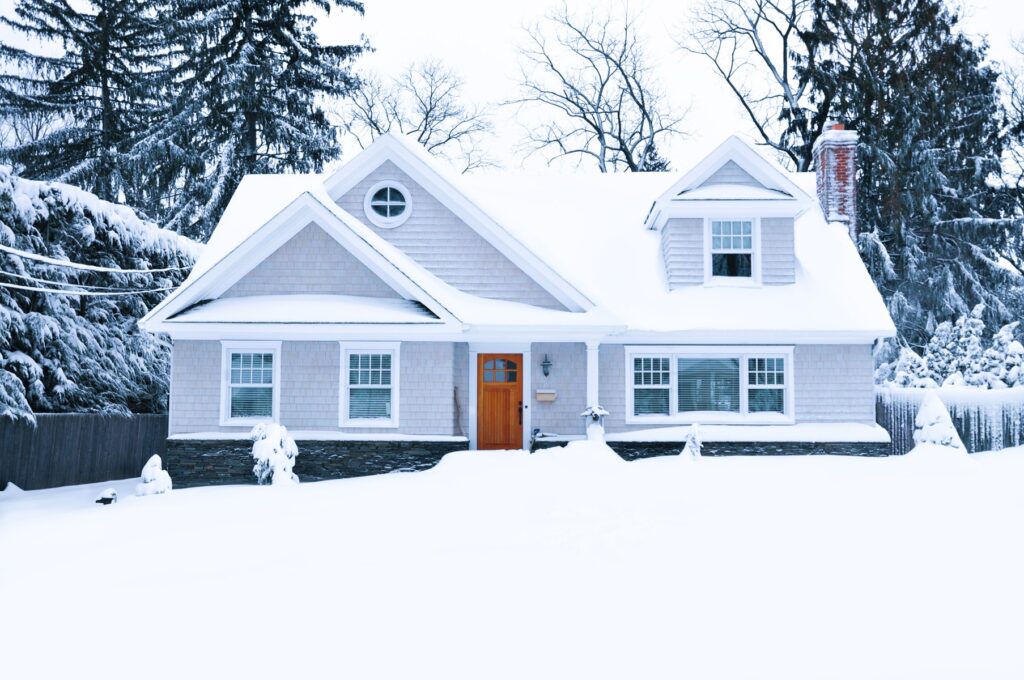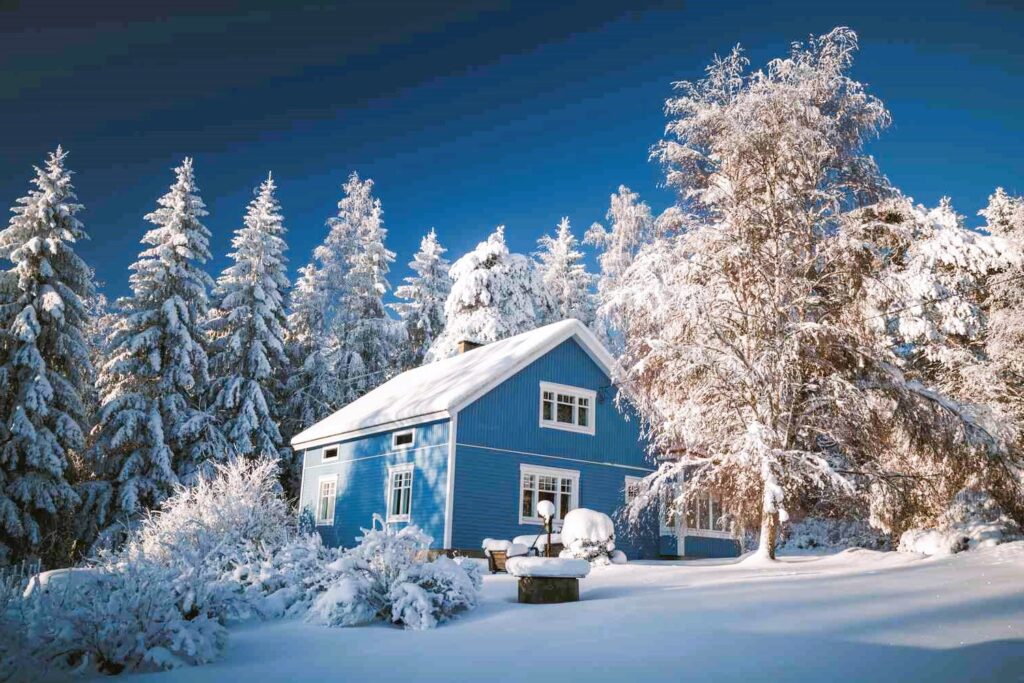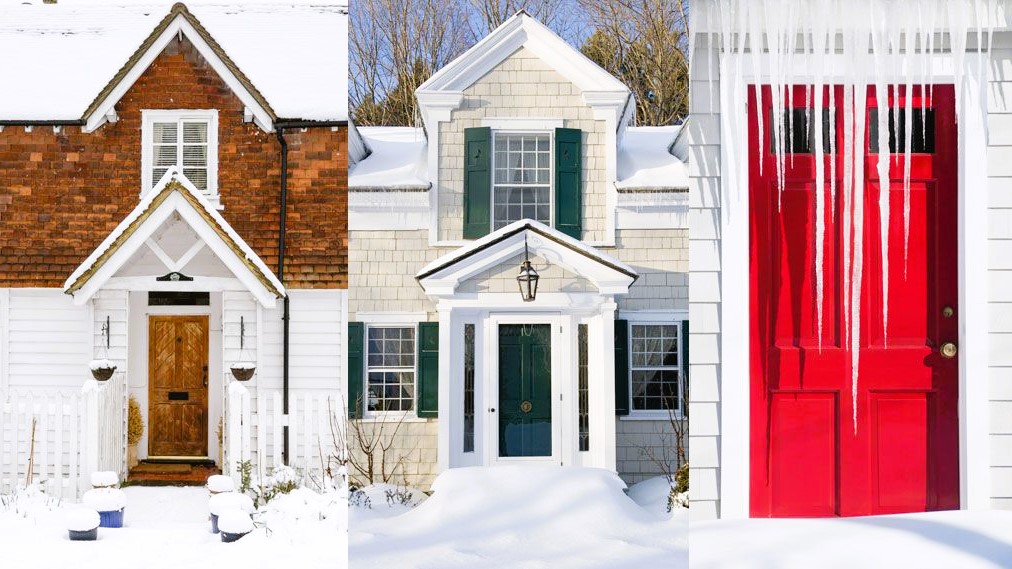Cottages offer a picturesque escape during the warmer months, but as winter approaches, the need for proper winterization becomes apparent. Preparing your cottage for the cold season is essential to ensure comfort, protect your property, and prevent costly damage. In this article, we’ll explore valuable tips and guidelines for winterizing your cottage to make it a cozy and safe retreat during the colder months.
1. Insulate Windows and Doors
Effective insulation is key to retaining heat and keeping cold drafts at bay. Consider the following:
- Weatherstripping: Install weatherstripping around windows and doors to seal gaps and prevent drafts.
- Window Insulation Film: Apply window insulation film to create an additional barrier against cold air.
- Curtains and Drapes: Heavy curtains or drapes can help retain heat and add a cozy touch to your cottage decor.
2. Service Your Heating System

Ensure your heating system is in optimal condition before the cold weather sets in:
- Furnace Inspection: Schedule a professional inspection and maintenance for your furnace or heating system.
- Clean Chimney and Flue: If you have a fireplace or wood stove, have the chimney and flue cleaned and inspected for safety.
- Replace Filters: Replace or clean filters in your heating system to improve efficiency.
3. Prevent Freezing Pipes
Frozen pipes can lead to water damage and costly repairs. Take these precautions:
- Drain Water Lines: Drain water lines, including outdoor hoses and pipes, to prevent freezing.
- Insulate Pipes: Insulate exposed pipes with pipe insulation or heating tape.
- Keep Heat On: If your cottage is unoccupied during the winter, maintain a minimum level of heat to prevent freezing. Landscaping tips for natural beauty in Canada in Cottage Gardens.
4. Roof and Gutter Maintenance
A well-maintained roof and gutters are essential for preventing ice dams and roof damage:
- Clear Gutters: Remove leaves and debris from gutters to prevent ice buildup and water damage.
- Inspect Roof: Check for damaged or missing shingles, and repair any issues to prevent leaks.
5. Pest Control
Pests often seek shelter indoors during the winter. Keep them at bay:
- Seal Entry Points: Seal any cracks or gaps where pests can enter your cottage.
- Consider Pest Control Services: Professional pest control services can help prevent infestations.
6. Prepare the Exterior
Winter weather can be harsh on your cottage’s exterior. Here’s what you can do:
- Store Outdoor Furniture: Remove and store outdoor furniture and decor to protect them from the elements.
- Trim Trees: Trim branches near the cottage to prevent damage during heavy snow or ice.
- Cover and Secure Boat and Dock: If you have a boat or dock, cover and secure them for the winter season.
7. Emergency Preparedness
In case of power outages or other emergencies, it’s important to be prepared:
- Emergency Kit: Create an emergency kit with essential supplies, including flashlights, batteries, food, and water.
- Generator: Consider having a backup generator for power during outages.
8. Regular Check-Ins

If your cottage will be vacant during the winter, arrange for regular check-ins:
- Security and Maintenance: Enlist the help of a neighbor or property manager to check on the cottage periodically for security and maintenance purposes.
9. Standards and Guidelines
Additionally, Wikipedia offers a comprehensive overview of winterization techniques and practices, making it a valuable resource for understanding the topic in-depth.
Conclusion
Winterizing your cottage is a crucial step to ensure comfort, safety, and the preservation of your property during the colder months. By following these tips and guidelines, you can create a cozy and well-prepared winter retreat. Whether you plan to enjoy your cottage during the winter or keep it vacant until spring, proper winterization will help you make the most of the season while protecting your investment.

